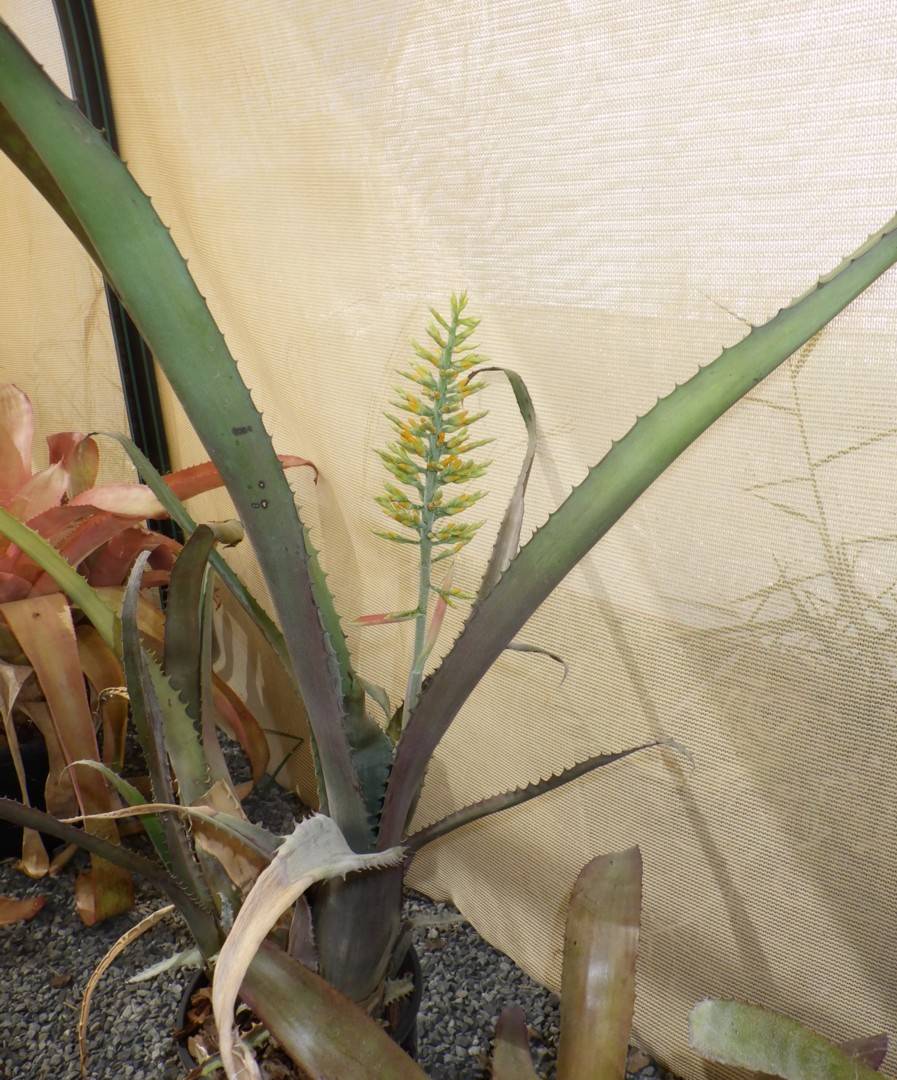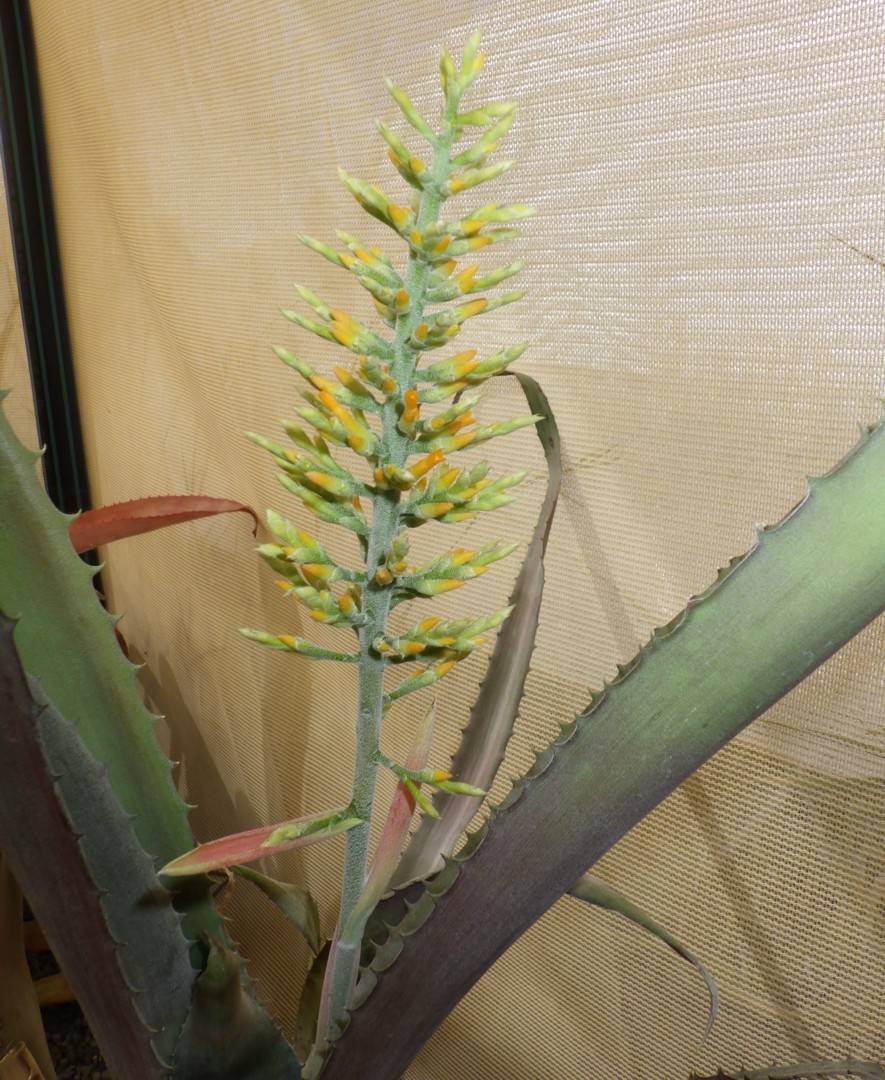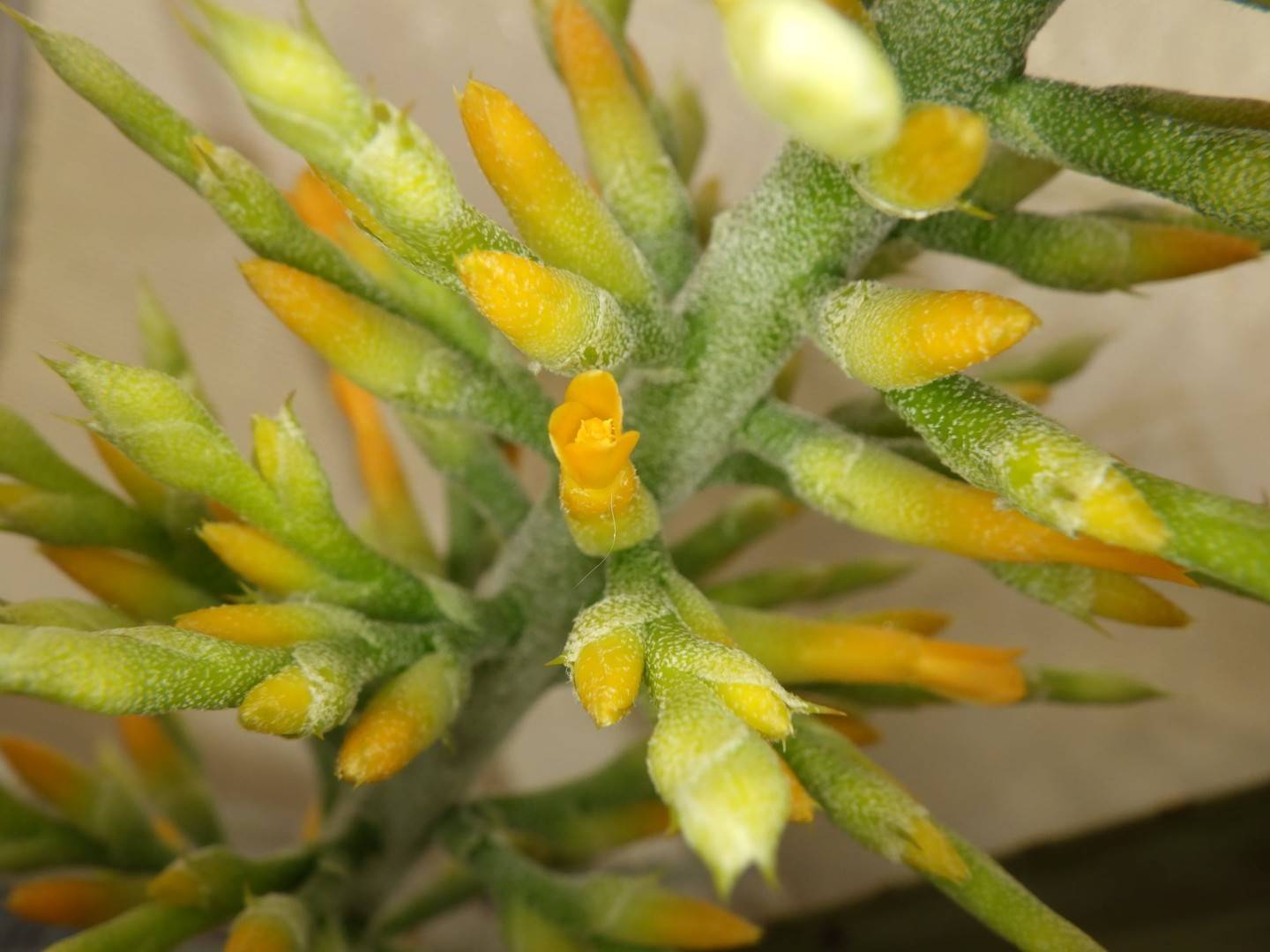






VENEZUELA. Yaracuy: Jobito, San Felipe, 20 Mar 1955, Trujillo 1689 (VEN). Cojedes: San Carlos, Trujillo 8743 (US, VEN). Barinas: Reserva Forestal Caparo, El Canton, 9 Apr 1968, Steyermark, Bunting & Blanco 101956 (US, VEN). Amazonas: Santa Barbara, 23 Feb 1950, Maguire, Cowan & Wurdack 32085 (NY); Rio Orinoco opposite Rio Atabapo, 16 Feb 1954, Maguire, Wurdack & Bunting 37684 (NY, US). SURINAME. Gonini River, 1903, Versteeg 279 (U). FRENCH GUIANA. Grande Toula, 23 Sep 1961, Schnell 12286 (P). BOLIVIA. Belli, Cercado Mojos: Trinidad, Missiones Guarayos, Sep 1926, Werdermann 2464 (MO, S). Santa Cruz, Cercado: El Palmar, Oct 1950, Cardenas 4649 (US); Vallegrande: Los Monos, Oct 1954, bloomed 1 Jan 1958, I S Nelson G-228(US). BRAZIL. Roraima: Serra Tepequem, 11 Feb 1967, Prance et al 4335 (IAN, NY, US). Amazonas: Rio Purus, Rio Ituxi, Rio Curuquete, Cachoeira Santo Antonio, 16 Ju11971, Prance et al 14262 (NY). Rondonia: Rio Madeira at Ribeirao, 2 Aug 1968, Prance et al 6725 (IAN, NY, US). Amapa: Mount Carupina, Rio Oiapoque, 3° 33' N, 51° 37' W, 14 Oct 1960, Pires & Westra 48822 (NY). Para: Ilha de Colares, Vigia, 29 Sep 1954, Black 54-16939 (IAN); Serra do Cachimbo, 16 Dec 1956, Pires et al 6372 (IAN); Missao Velha, Rio Cururu, Alto Tapajos, 20 Jul 1959, Egler 977 (IAN, MG); Garotire, Altamira, 30 Jul 1962, N. T. Silva 735 (IAN); Maraba, Serra dos Carajas, 23 May 1969, Cavalcante 2146 (MG, US). Goias: Santa Isabel, Ilha do Bananal, 12 Sep 1960, Andrade 475 & Emmerich 467 (HB). Mato arosso: Diamantino, 7 May 1894, Lindman A-3425 (S); north of Xavantina, 14° 40' .S, 52° 20' W, 9 Oct 1964, Irwin & Soderstrom 6712 (NY, UB, US); Base Camp, 12° 49' S, 51° 46' W, 3 Oct 1967, Argent et al 6625 (K); 14 Mar 1968, Philcox & Ferreira 4527 (K); Base Camp, north of Xavantina, 12° 54' S, 51° 52' W, 22 May 1968, R. R. Santos, Andrelinho & Ratter R-1499 (K); 3 Ju11968, Ratter et al R-2056 (K); Serra do Roncador, 210 km north of Xavantina, 29 May 1966, Irwin et al 16245 (NY, UB, US); Sao Felix, 26 Jul 1968, Richards 6522 (K, US).
Protologue from Baker 1889
22. AECHMEA TOCANTINA Baker.-Leaves not seen. Peduncle above 2 ft. long; upper bract-leaves large, red, lanceolate. Inflorescence a moderately dense oblong-cylindrical bipinnate panicle a foot long, 3 in. diam; branches spreading; 1 – 1 ½ in. long; flower-bracts small, ovate-cuspidate. Calyx with ovary 1/3 in. long; sepals lanceolate; minutely mucronate. Petal-blade small.
Hab. central Brazil; prov. Tocantins, Weddell! (Herb. Paris). Near A. paniculigera.
Aechmea tocantina by Antonio Miranda in Bromelia 1998 p47
Margaret Mee, the botanical illustrator, was responsible for kindling my passion for bromeliads, with her extraordinary drawings depicting the Amazonian flora. One, in particular, shows a rather awkward and aggressive plant in its native beauty: Aechmea tocantina. It is not easily found in nurseries not so much for its relatively large size but more so because it is not considered an ornamental plant. Notwithstanding, as an epiphyte, it develops spectacular clusters due to its long inflorescence.
It is an Amazonian plant. Margaret found it on an island on the Alto Juruema, on an expedition into Mato Grosso, in 1962: "and I have found another Bromeliaceae, Aechmea tocantina, aggressively armored with black thorns. Little bats flitted around and the current gently swept up and down a branch that had fallen into the river. It is a marvelously calm night." (Mee, 1989- p. 66)
Taking advantage of a family trip to the town of Paraiso de Tocantins, in the state of Tocantins, in July 1995, I decided to go out and look for the plant, presuming I was in its natural habitat. I was right. An orchid expert who lived in the town and knew the region well as he had farms nearby gave the necessary support.
We left Paraiso do Tocantins going towards Divinopolis which is about 70 km away on a recently paved state highway. On the way, there were only small settlements, in a vast scrubby wasteland. After Divinopolis we took a dusty, lonely road, with rugged huts and a few fields. An emu ran across the road, a gigantic bird, running awkwardly.
About 30 km down the road, we left the jeep and entered the scrub, working our way towards a grove of native trees. There they were, A. tocantina plants on the trees, some in bloom. At the edge of the grove there was a fallen tree with some of these bromeliads among branches and dry leaves, already completely adapted to their new habitat. Being so prickly, they were hard to extricate so as to have some samples which my friend and I brought back in a bag. We became lost on the way back for an hour or so, even though we were on my host's property. There was not a single landmark around except for the grove of trees. Thirsty and perspiring, dirty and sooty from the burned bushes, we managed to reach the road again about a kilometer from where we had left the jeep. On the nearby farms we tried to speak to the owners. We passed several gates and there were no dogs at the wide-open houses. Everything was left unguarded: family belongings, farming tools, cattle and food. We got water from a well to quench our thirst. It was Sunday, a day on which many go out to visit friends and relatives in town.
According to Smith (1971), Aechmea tocantina Baker is a flowering plant with leaves of up to 1 meter in length, with thick thorns. Its inflorescence is panicled, subdensely cylindrical with an almost upright raceme. It has distichous floral bracts, spreading and reddish. The impression one has when it blooms in the middle of the year is of a yellowish green cluster. Margaret Mee's drawing (p. 57) shows the adult plant with its ripe fruit.
Not really knowing how to care for it, I planted it in different ways: as an epiphyte in the fork of an enormous "jamelao" tree (Eugenia jambolana) which stands next to my country house, in a flower bed where it gets the sun, and in a pot. One year later all were doing very well and blooming, although the epiphytes showed better development and lateral multiplication. The next step was to collect the seeds in pods, and plant them on damp "xaxim powder". At the moment I have a few dozen seedlings in full development to exchange with friends.